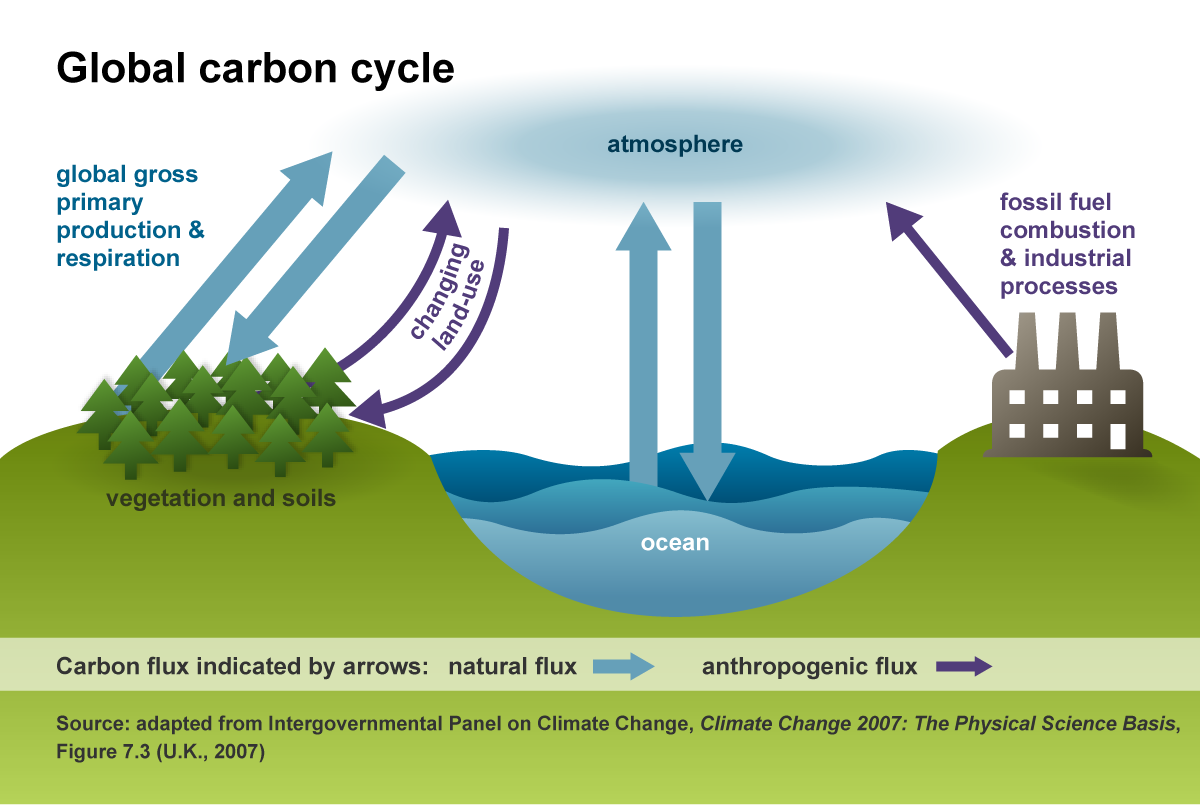1. Wireless Communications Unnecessarily Consume Massive Amounts of Resources.
Another serious though seldom discussed problem with wireless communications is that it consumes massive amounts of energy and resources. The introduction of 4G towers and devices ushered in a new era of higher energy consumption but 5G will go far beyond current levels. Even Zhengmao Li, EVP of China Mobile, makes the following points:
* 5G requires three times as many base stations for the same coverage as 4G
* The power consumption of a 5G base station is three times that of its 4G predecessor.
* One 5G base station costs four times the amount of a comparable 4G.
2. Why 5G Is So Resource Hungry
There are several reasons. First, 4G and 5G utilize different technologies and frequencies. For a 5G network to operate properly, it will require a huge number of local base stations (800,000+ nationwide) and satellites (20,000+ globally), in addition to the currently existing 4G infrastructure.
5G base stations also have much higher power requirements because of its massive antenna arrays (MIMO). A typical 4G base station now uses 4 transmitter and 4 receiver elements, while 5G base stations are expected to use 64T/64R MIMO arrays. In short, any efficiency improvements companies claim with 5G technology are greatly outweighed by the sheer number of devices necessary just to try to make it work.
All of this will place an enormous and ongoing demand on energy and materials such as fossil and nuclear fuels and rare earth metals, to create and maintain the 5G network. The cost to our environment and our economy will be high.
3. Wireless Technology is Less Efficient, More Wasteful than Wired Technology
In his excellent article, Wireless Uses Too Much Power and is a Security Threat, Jon Humphrey lays out the dramatic disparity between wireless and wired technologies. He makes the case that with solutions like fiber optic cabling and Wi-Fi Calling (aka internet calling), the need for 5G small cells is not only unnecessary but a bad solution due to excessively high power requirements.
An example: To send a small packet of data over the current wired network, the cost is only about 3 W/GB/s (Watts/Gigabit/Second). Wi-Fi, by comparison, uses about 300 mW to send the same amount of data. This is approximately 250 times more power than fiber. And this doesn’t take into consideration the maintenance power required to keep Wi-Fi functioning when not actively being used. However, both of these technologies (wired and Wi-Fi) are much more efficient than cellular wireless technologies.
It takes approximately 50 cellular femtocells to equal one Wi-Fi router hooked up to fiber. The cellular energy expenditure is approximately 50 mW at rest to 500 mW to do the same job as just one Wi-Fi router that runs at a safer frequency range and can be turned off when desired.
So by going from fiber to Wi-Fi you increase your power consumption by 250 times, then to go from Wi-Fi to an outdoor small cell you may have to add up to 12,500 times on top of that depending on your distance, weather conditions and more.
4. Overall Power Consumption
Overall power consumption for wireless telecommunications are staggering. The 2012 power consumption from wireless and the Internet of Things (IoT) was 10 Terra-Watt Hours. In 2015 it had jumped to 43 Terra-Watt hours. It is reasonable to assume that it will be at least 60 Terra-Watt hours by 2020. If all these devices ask for power at the same time, they would literally overwhelm our power grid.
With 5G and the intended expansion of the IoT, power demands are set to escalate to arguably unsustainable levels. Further, because most of our energy is not provided by clean, renewable sources, 5G demands will increase pollution, global climate factors, the amount of unsecured nuclear waste, and the likelihood of brown and blackouts. All of these issues are considered huge security threats by the Pentagon.
5. Fiber Optic Cables Offer a Better Solution
All in all, 5G technology is far less efficient, less reliable, and far more expensive than current technology. However, if we upgrade our infrastructure to publicly owned fiber-optic networks based on the newest fiber technology, we will have a major increase in reliability and the cost per transmission will get closer to 0.3 W/GB/s. And we can do better still. New technology is already being developed to drive costs down to 0.1 W/GB/s. Clearly this offers us a better, safer vision for our future. Read details HERE
SOURCES
1. Power Consumption: 5G Base Stations are Hungry, Hungry Hippos
2. What 5G Means for Energy
3. Why Energy is a Big and Rapidly Growing Problem for Data Centers
4. 5G Will Increase Energy Consumption (video)
5. The Green New Deal and Publicly Owned Fiber Optic Networks
